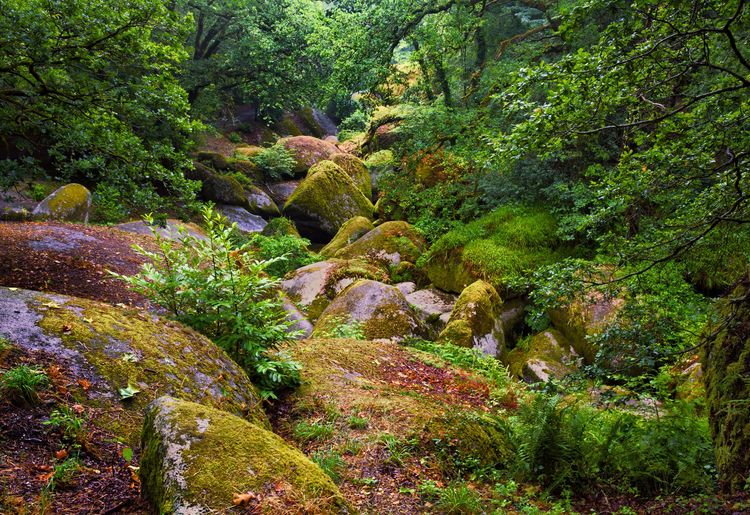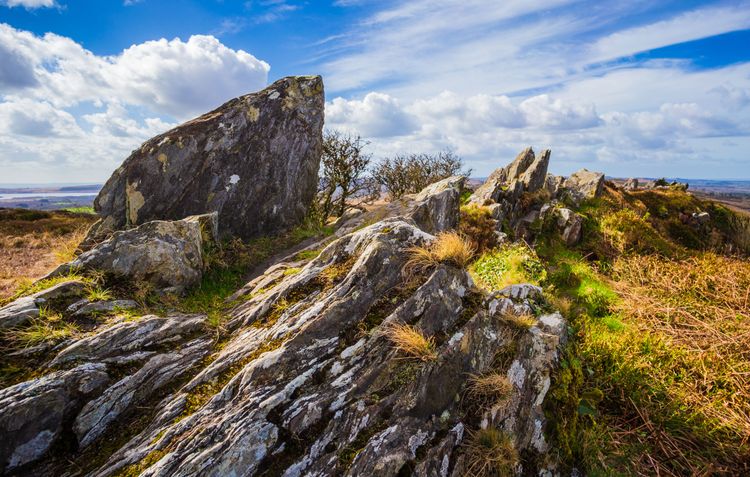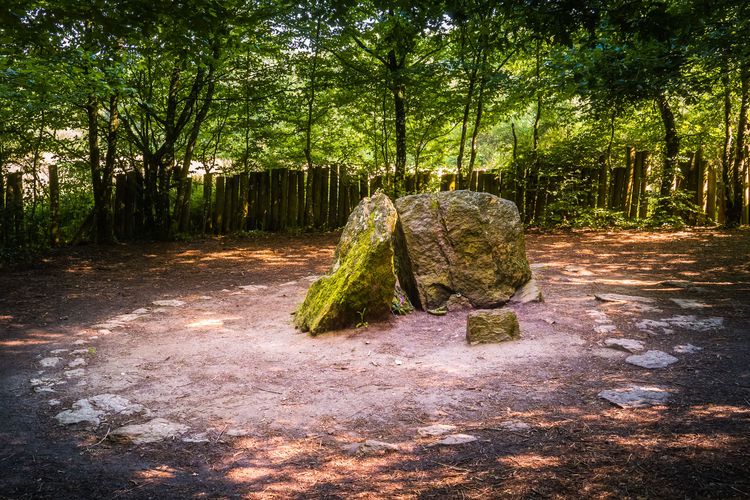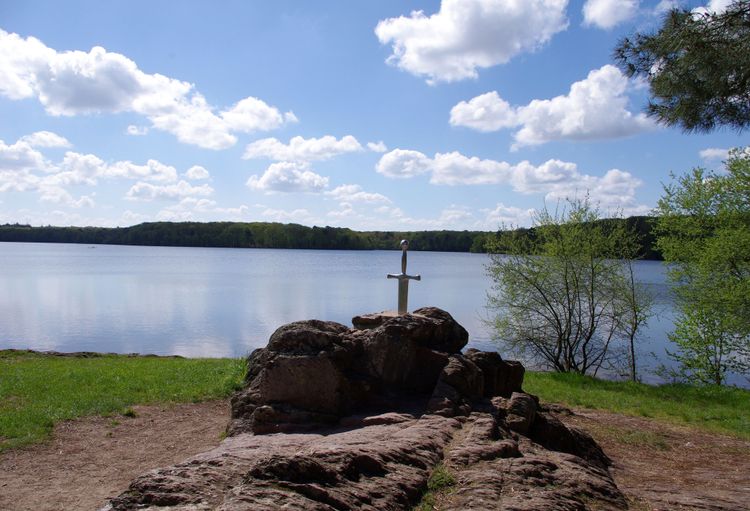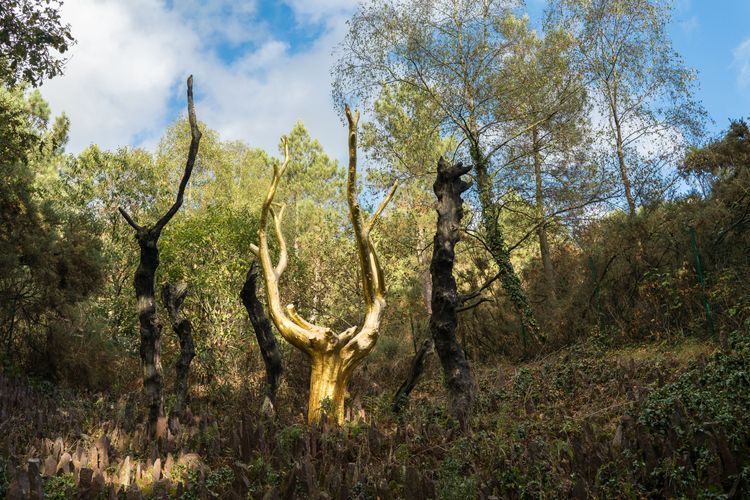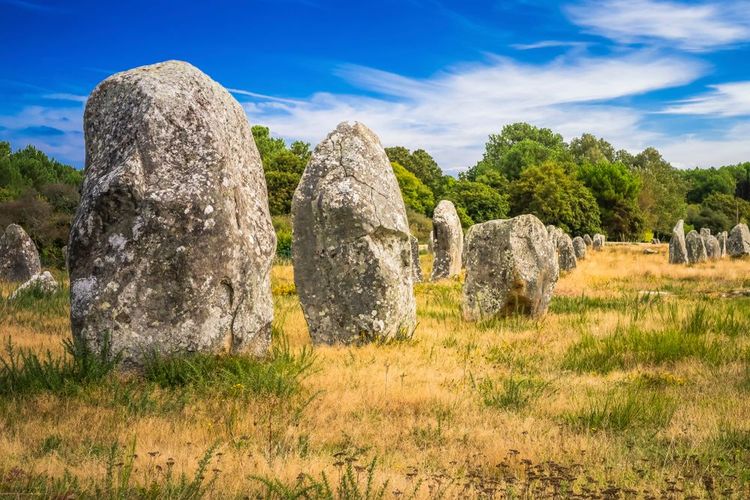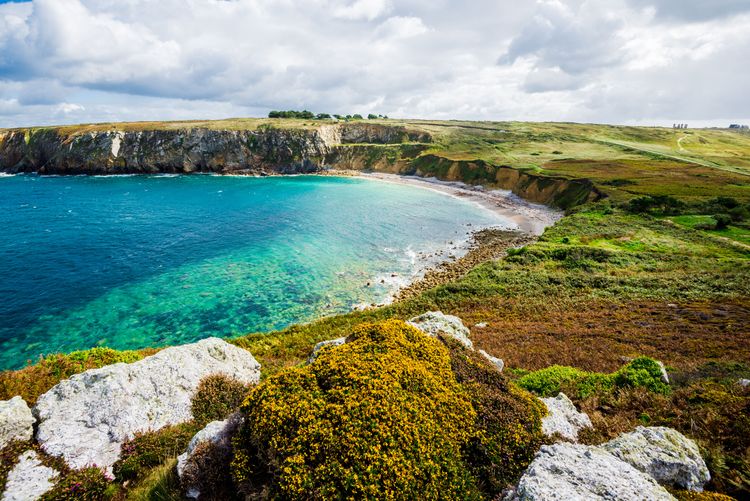With its Celtic roots, Brittany is often equated with Irish or British culture. Home to wild moors covered in ancient rock formations and a jagged coastline, Breizh (the Breton name for Brittany) was built on legendary stories - of giants, fairies, elves, kings, magicians, fantastic creatures and mermaids. The stories of Arthurian legend - Arthur, Merlin, Morgan le Fay and Viviane, the Lady of the Lake - are part of the cultural heritage.
Many of the landscapes are reminiscent of these fairy tales. Just take a walk through the forests of Brocéliande and Huelgoat in particular.
Brittany's megalithic sites, such as the astonishing stone alignments at Carnac, are a marvel of human ingenuity, and the ancient menhirs and dolmens contain many stories from the past that are still unknown.
Brittany encourages us to awaken our inner child through its legends and myths. Every landscape here is mystical. Travellers set off to discover forests unlike any other. Magic pervades the lakes (inhabited by fairies) and the paths are dominated by ancient trees. In the background, megaliths rise from the moors, while the woods are populated by playful, sometimes prankster elves.
The legend of King Arthur has spread throughout the land thanks to these ancestral tales.

